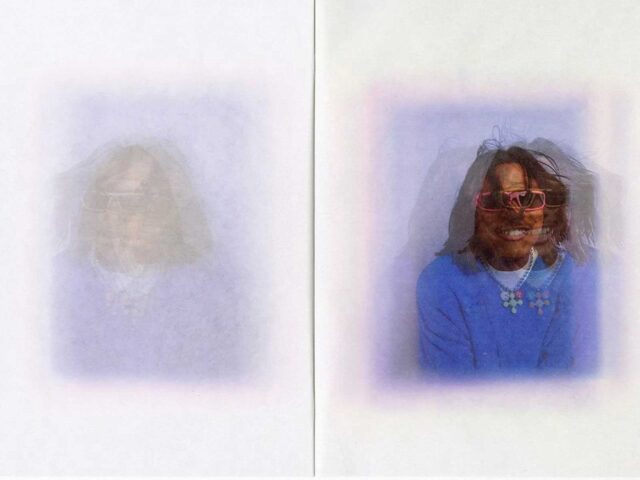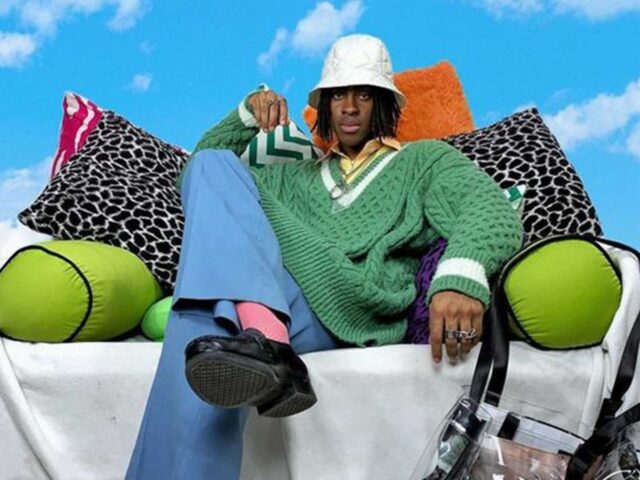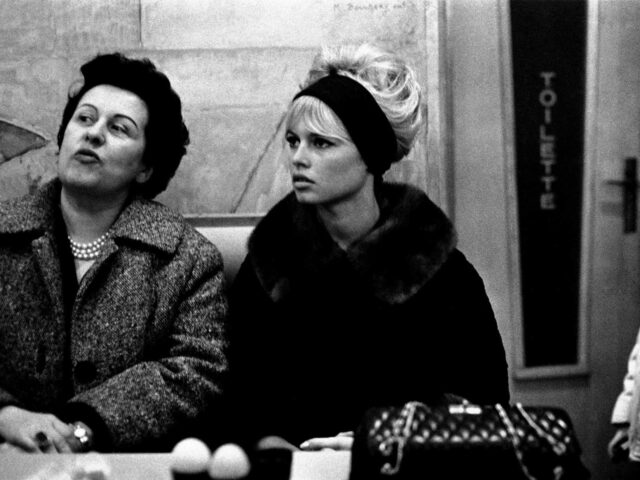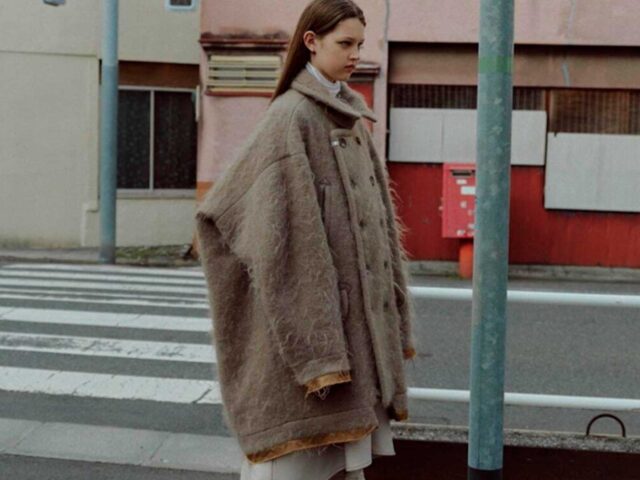Over the last year we have been immersed in a sort of infinite ocean of micro-trends baptized through the term “core”, which viralizes trends fleetingly on the internet. A system based on algorithms that flourishes from the TikTok era, and that makes everything or nothing trendy, depending on how it is interpreted?

In this apology to “nothingcore” as a concept that could define 2023, the creation of personal identity is positioned at the core. This could be the year in which all these trends are diluted, and the bubble of liquid micro-trends that seem to have killed our personal style, beyond projecting divergence within consumer habits and ideals, bursts.
This overstimulation of aesthetics, ranging from normcore, to gorpcore, Y2K-core or christiancore, flood our feeds and generate worship as if it were a collective and subconscious reaction of our FOMO to life. In the end, when we want to experience everything, we are not living (or feeling) anything.

Mandy Lee, fashion analyst and trend forecaster, who operates Tiktok under the nickname @oldloserinbrooklyn, told Hypebeast, “Modern fashion today is riddled with gimmicks. The same strategies people use to try to go viral on TikTok, fashion is using to get noticed. It’s really crazy to see how fashion is being molded to fit this new way we consume things.”
“NOTHINGCORE”
Lee thus predicts the arrival of “nothingcore“, as a state in which the overstimulation of aesthetics makes it impossible to identify them, and the cycle of trends as we know it implodes. Following this zeitgeist-connected thinking, also echoed by the same masthead, Dylan Kelly also wonders whether 2023 will be the year of nothingcore, while making a call to action for his readers to slow down, or even disappear, for binding reasons such as sustainability, overproduction or overconsumption driven by chains such as SHEIN.
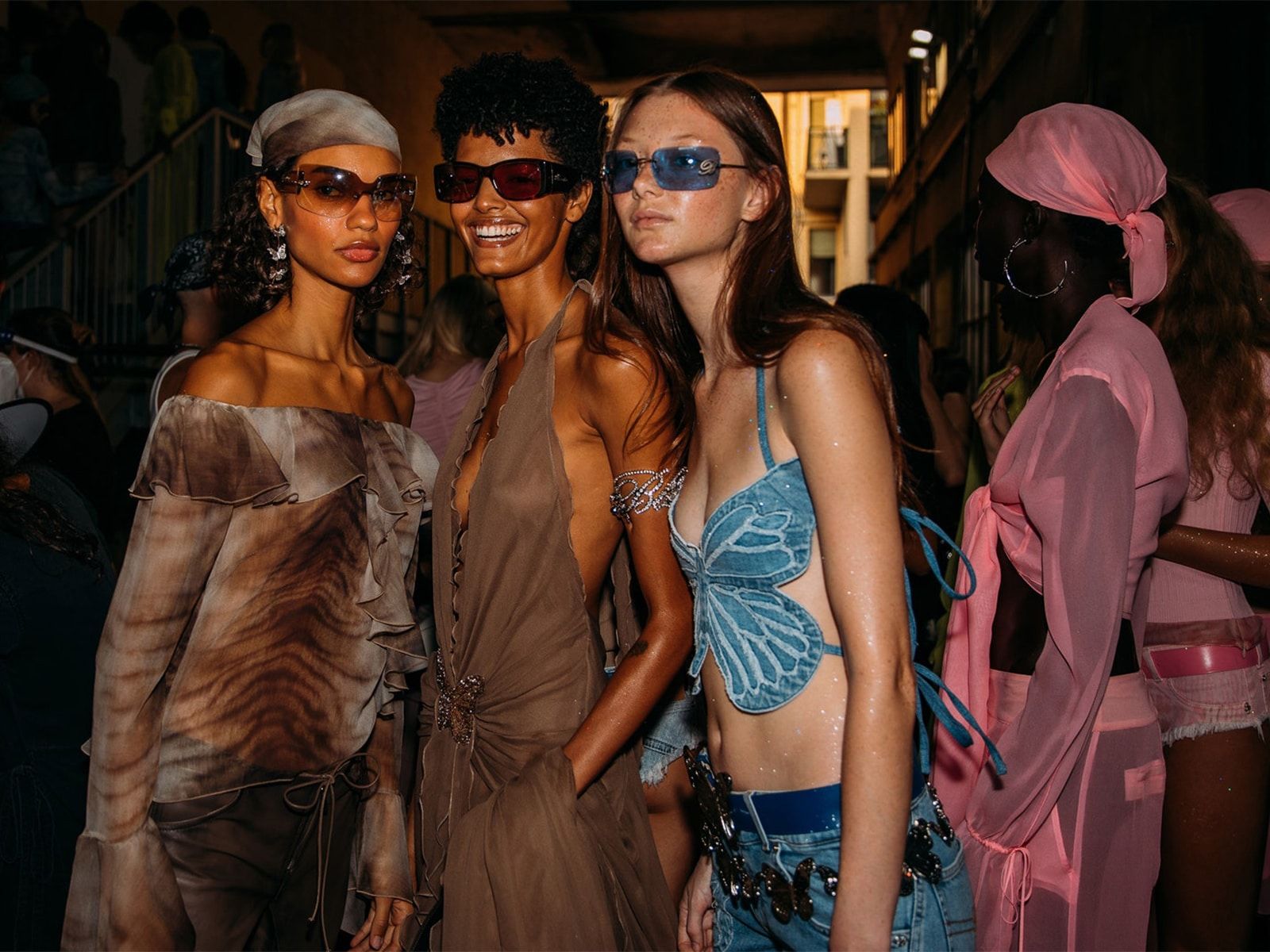
In the wake of this new “neutralizing” movement, it is impossible to identify last year’s fashion, even if a dominant trend prevailed: that of the glorious Y2K. Even so, it is impossible to detect or encompass the fashion of 2022, beyond having been the great era of micro-trends: from balletcore, to barbiecore, fetishcore, cowboycore or goblincore.
OVERSTIMULATION OF THE CORE
The already prostrate term “core” has thus presented an exorbitant number of stylistic models turned into micro-trends projected through the blue light of the internet. Some of them derived into subcultural hits like cottagecore or gothcore, gaining followers, while others were linked to a more niche sphere, and died instantly. Even so, whether they were enduring trends or not, fast fashion brands were in charge of materializing or reproducing them live, mostly through stolen designs and/or aesthetics, manufactured using harmful materials and deplorable working conditions.
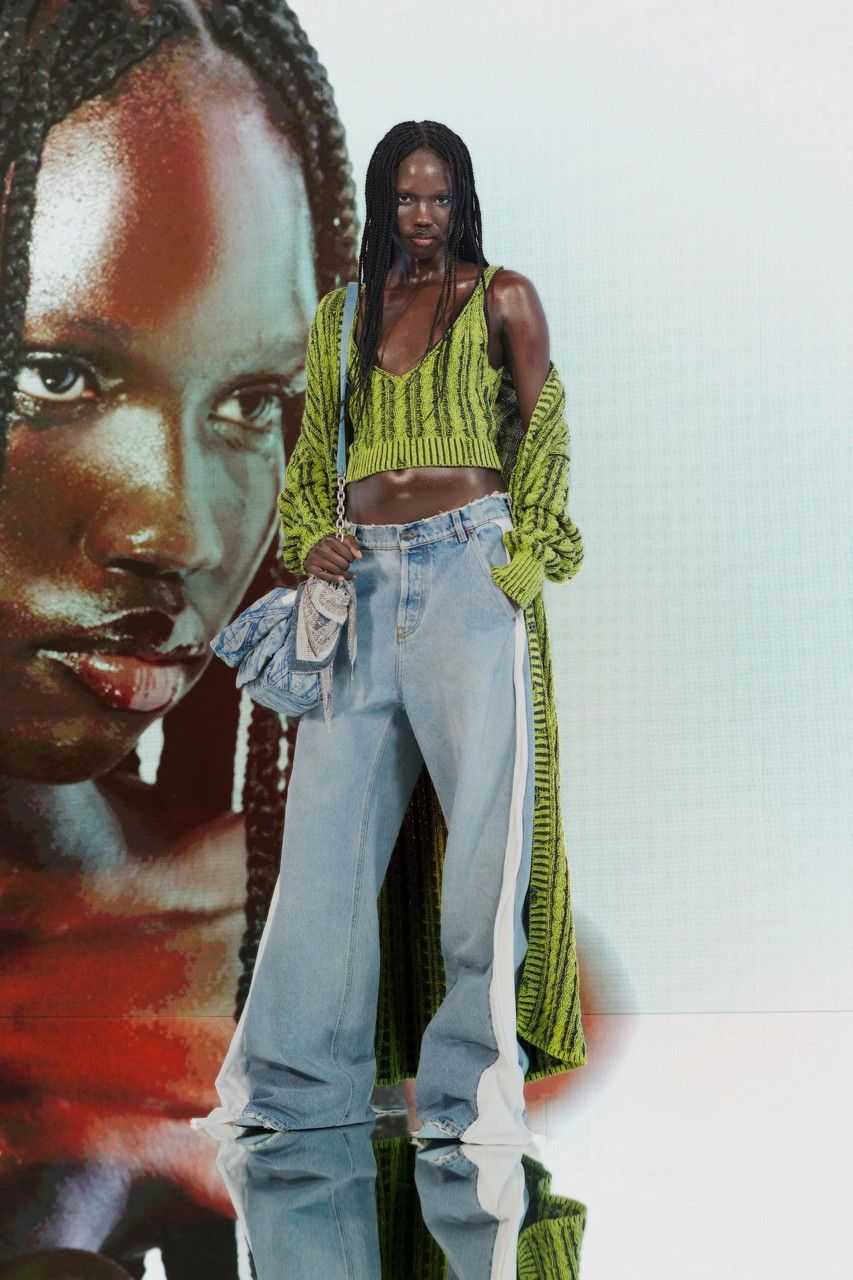
All this generates a toxic cycle that pursues the eternal search for the “unusual” and different, guided by that current in which if the “core” is too “mainstream”, it must be renamed under a new concept, and so on. A system that sustains and drives from the trend forecasters of social networks, to fashion editors or the media, which expose all these new trends with which to continue feeding consumerism, and therefore, structural capitalism.
Tiktok’s “For You” page provides a glimpse of precisely this universe of trends in the form of shooting stars, reproduced ephemerally by brands such as SHEIN, considered the most popular of 2022. A controversial issue that should lead consumers to reconsider their buying habits.
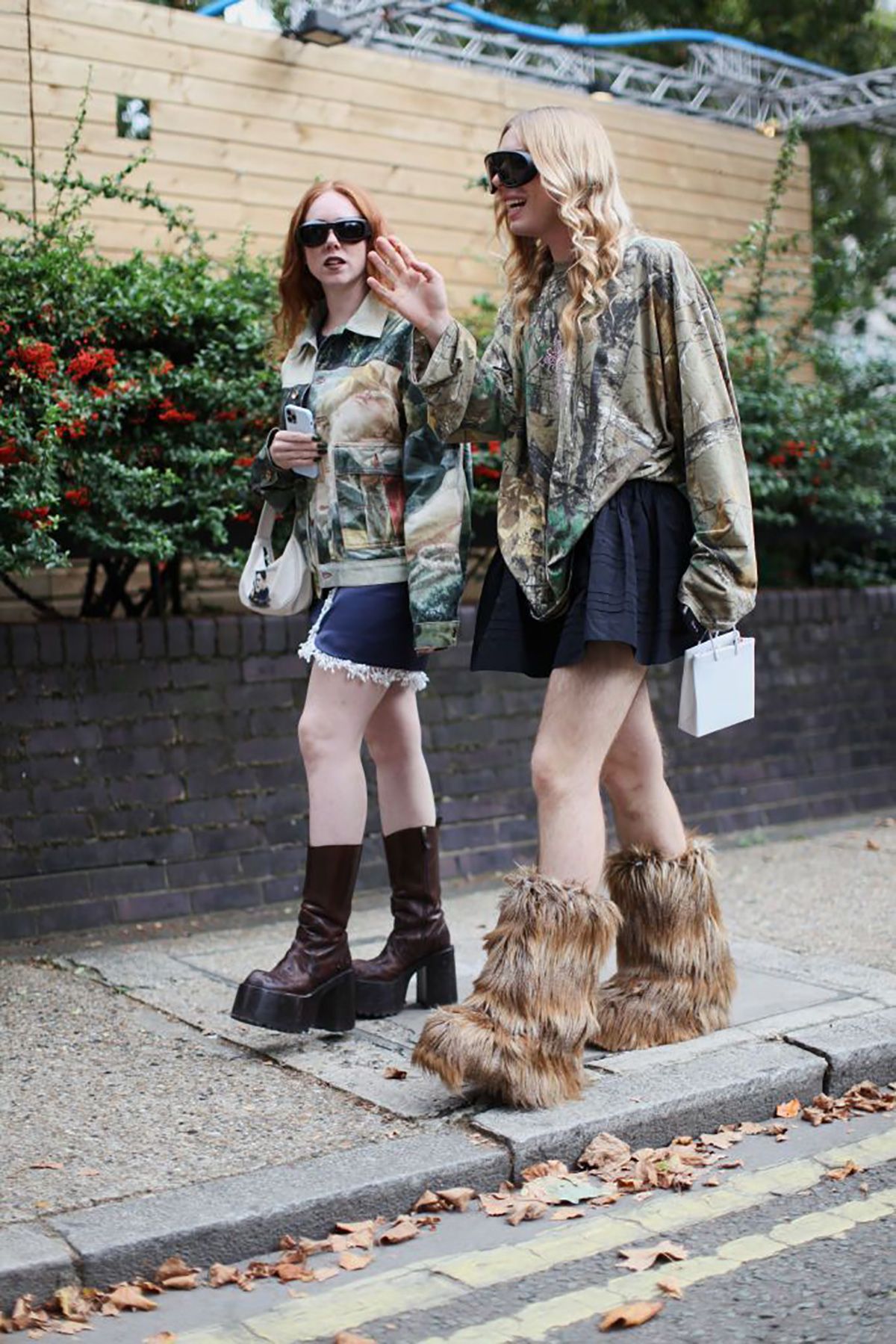
WILL THE TRENDS DISAPPEAR IN 2023?
Past trends used to be linked to certain subcultures such as skateboarding or punk, and even encompassed in movements such as streetwear, as concepts prolonged in time that generated uniforms for urban tribes. Now, if we focus on trends such as “Dark Academia”, they become the result of viral concepts extracted from TV series, which, in the end, end up retitling or reimagining an aesthetic that already existed but with another name. To baptize them through the “core” in the middle of this game of disguises within the category of “cultural archetypes” disconnected from the broader cultural discourse.
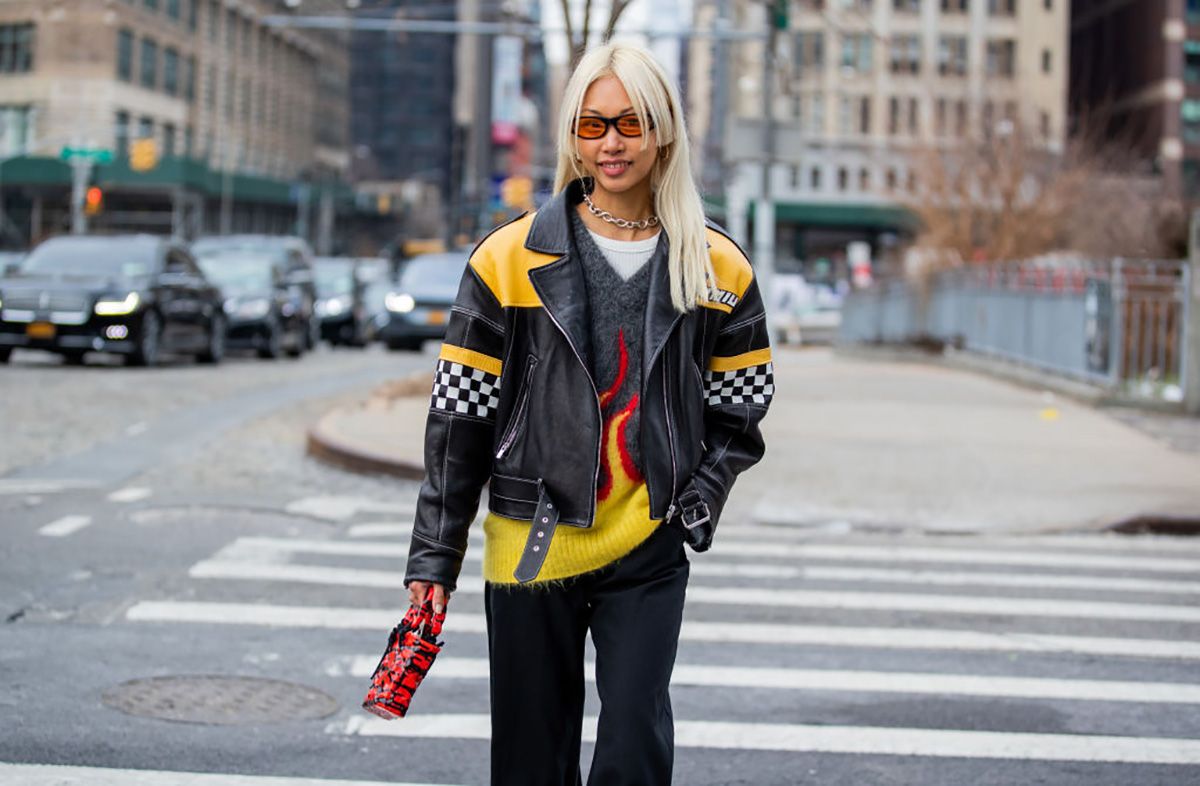
That continuous aesthetic thread seems to disappear in this era in which styles cease to be suspended in time, to crystallize for specific seasons, projecting that collective boredom about trend-mania that Mandy Lee talks about. Something that could lead to a kind of individualistic trend for 2023, in which people choose to express themselves in a personal way, no longer adhering to moodboards or aesthetics dictated by algorithms.
Sigue toda la información de HIGHXTAR desde Facebook, Twitter o Instagram
You may also like...
